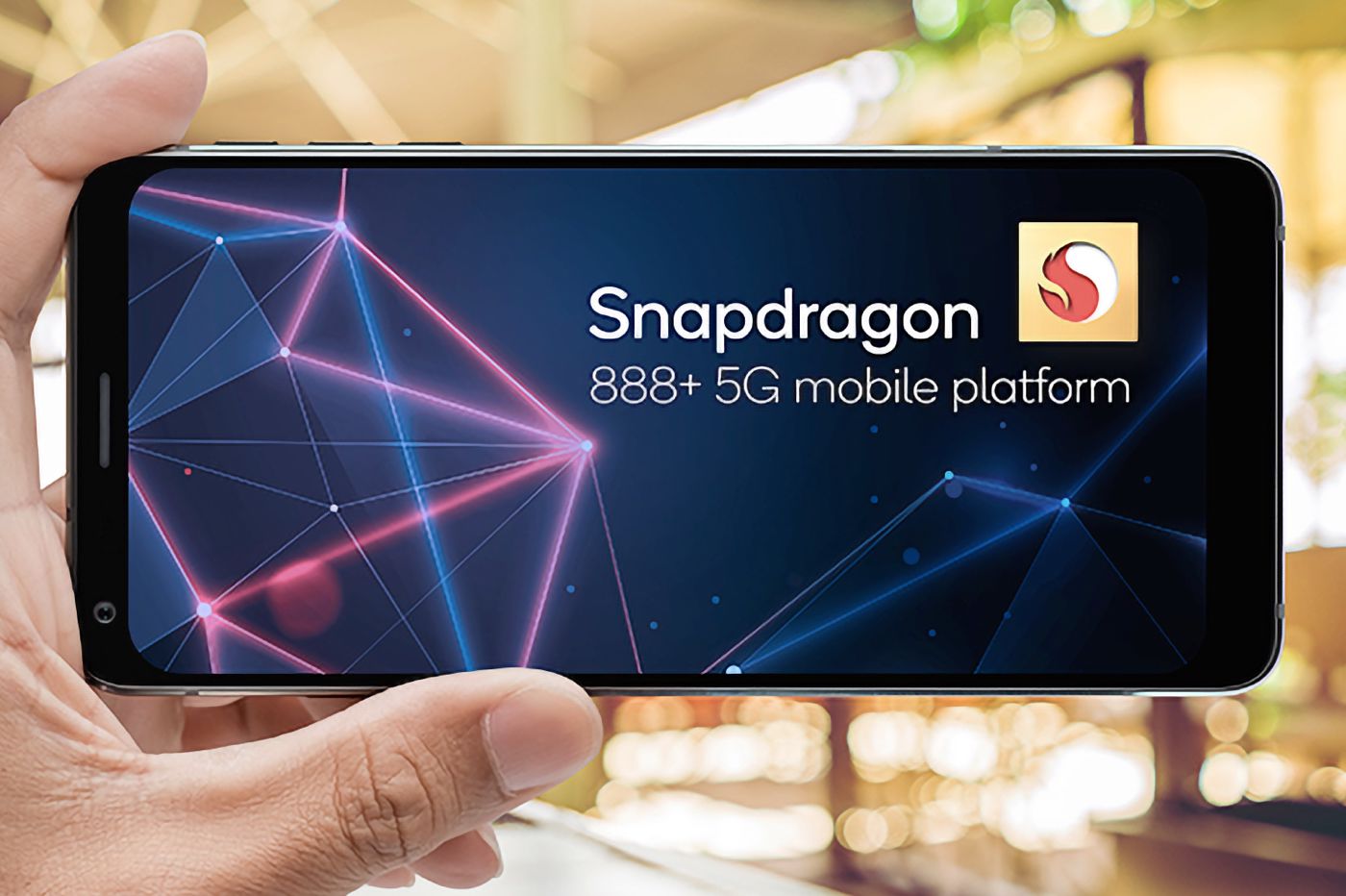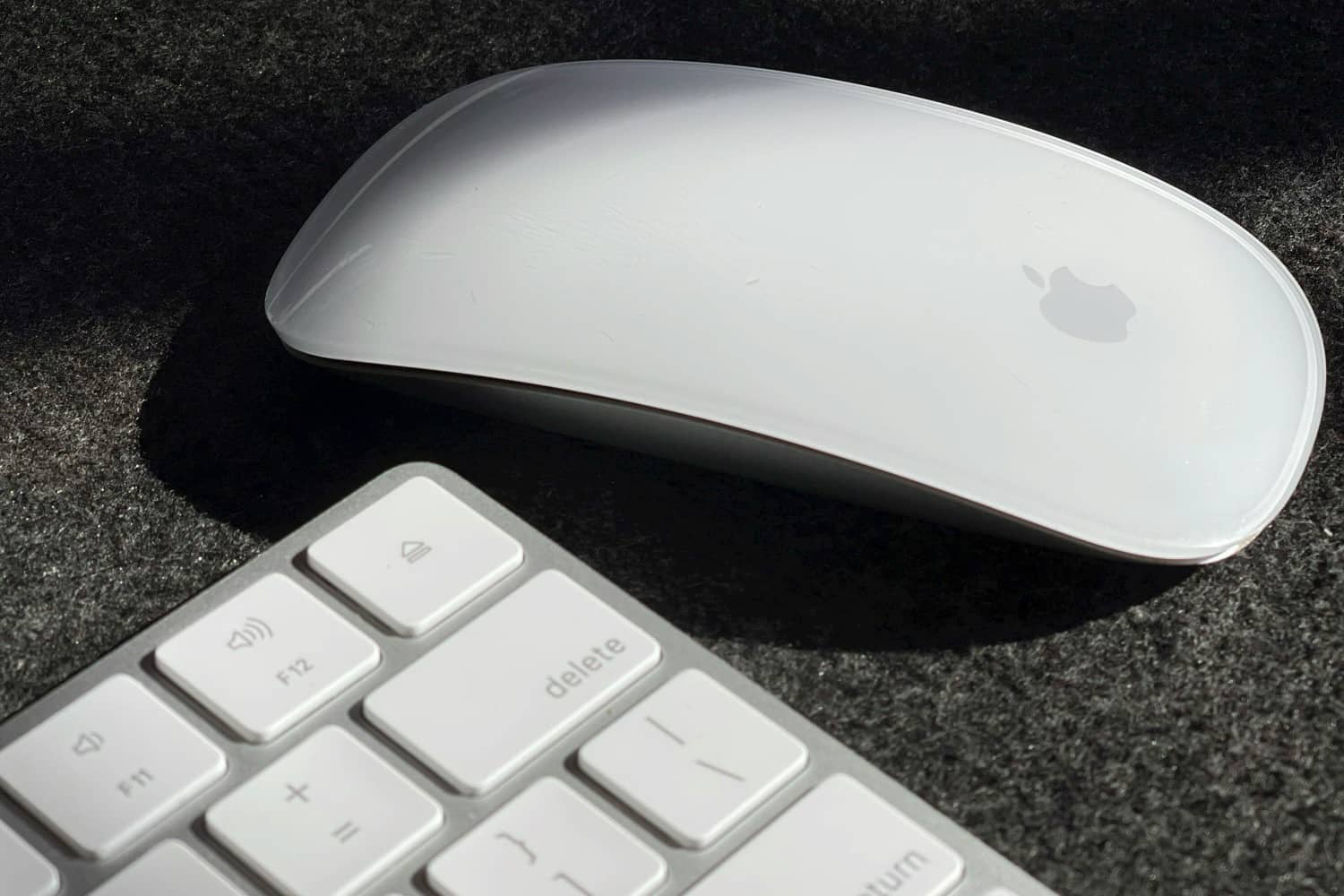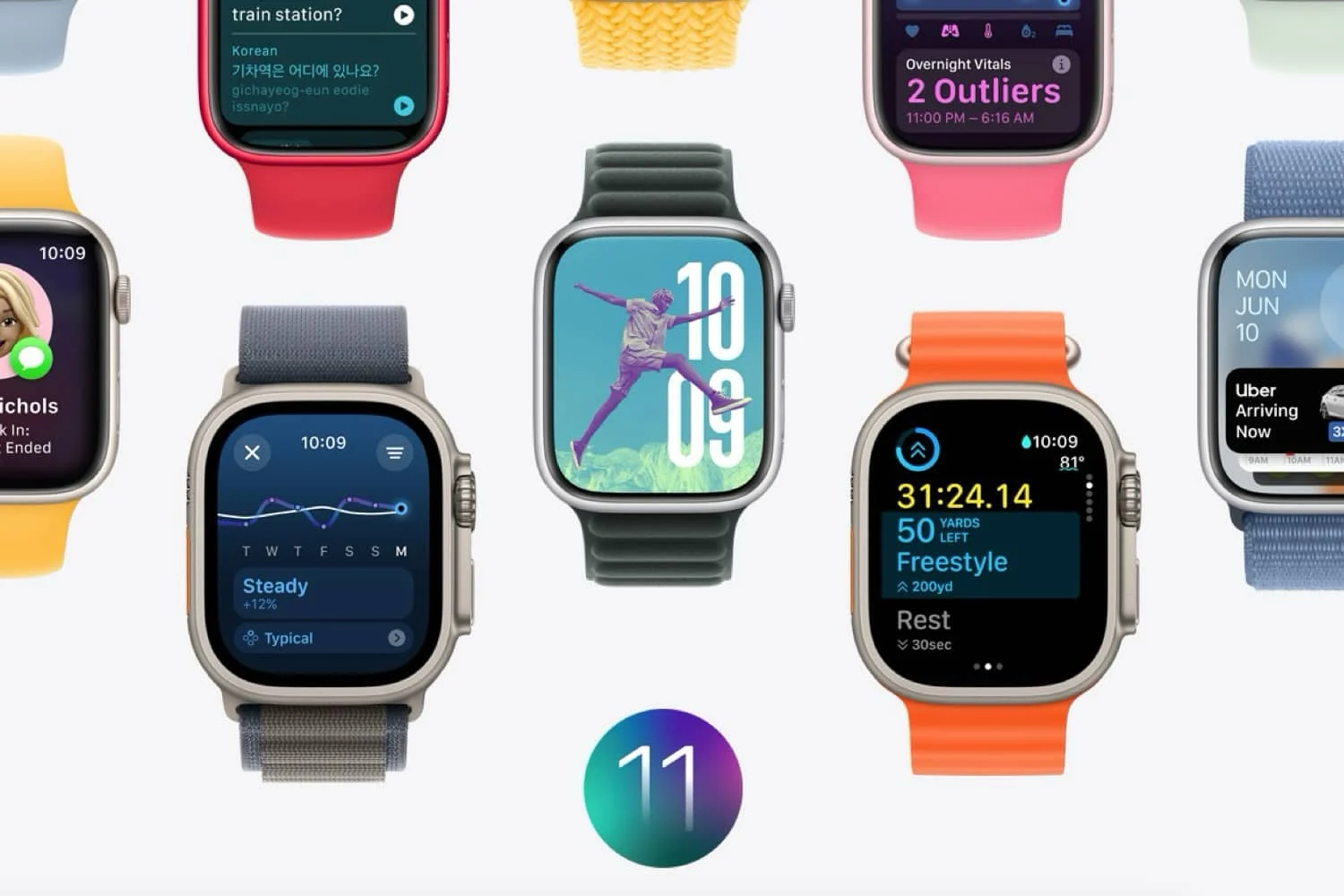Apple's quest for technological autonomy is proving to be a journey strewn with pitfalls, particularly with regard to the development ofits own 5G chip, a fundamental component of its iPhones. Despite the colossal efforts deployed,it seems that the fruits of this labor are not yet ready to be harvested, thus pushing back the deadline by several years.
A project with chaotic beginnings
It was in 2018, when the Apple firm found itself entangledin legal dispute with Qualcommconcerning thorny questions of intellectual property and royalties, that it decided to take the reins of its technological destiny. The issue?Design your own 5G modem, the centerpiece of a smartphone, second only to the processor in terms of complexity and strategic importance.
Until then, Apple had always relied on the expertise of Qualcomm for the manufacturing of this component, the undisputed leader in this field. This initiative not only aimed to free itself from this dependence, but was also part of the overall strategy of internalization of key technologies,already successful with its in-house processors,Apple Silicon chips.
Unfortunately, this major project quickly encountered numerous technical obstacles. Recurring inconveniences in performance and heat dissipation of the in-house chip have significantly hampered progress,forcing Apple to revise its initial ambitions downwards.
L’horizon 2023, then 2024, first envisaged for the integration of this modem in the first compatible iPhones, have irremediably moved away. Faced with these setbacks, the Cupertino firmwas forced to extend its partnership with Qualcomm until 2027, a clear sign that the gestation of this chip is still far from complete.
A long-term strategy: between independence and optimization
Despite the pitfalls encountered, Apple remains resolutely committed to this endeavor and is not giving up. Investments of several billion dollars have been made, mobilizing an army of thousands of engineers and countless hours of work. Paradoxically, it is admitted behind the scenes thatthe first models will hardly stand out from current Qualcomm solutions, already at the cutting edge of technology.
The objective pursued by Cook's firm transcends the simple quest for immediate performance;it should rather be seen as the first steps towards disruptive innovations. By controlling all of the critical components, the Apple brand aspires not only to optimize its costs, but also to perfect the reliability and efficiency of its products.
The Holy Grail would bethe incorporation of the chip into the very heart of the iPhone system-on-chip (SoC), thereby merging mobile connectivity, Wi-Fi and Bluetooth functionality into a single component. A design that would free up valuable space and give free rein to new possibilities in terms of design and functionality.
However, you will have to be patient, because the transition promises to be delicate.The deployment of this chip will be done gradually, first on targeted models before generalization. In the meantime, Apple will have to continue paying royalties to Qualcomm until 2027, even if it manages to integrate its own chips, some underlying technologiesremaining protected by patents held by its current partner.
- Apple has been developing its own 5G chip since 2018, but technical obstacles have pushed its integration back until 2027.
- The project aims to reduce dependence on Qualcomm and optimize the costs and reliability of iPhones.
- The transition will be gradual, and Apple will continue to pay royalties to Qualcomm during this period.

i-nfo.fr - Official iPhon.fr app
By : Keleops AG






